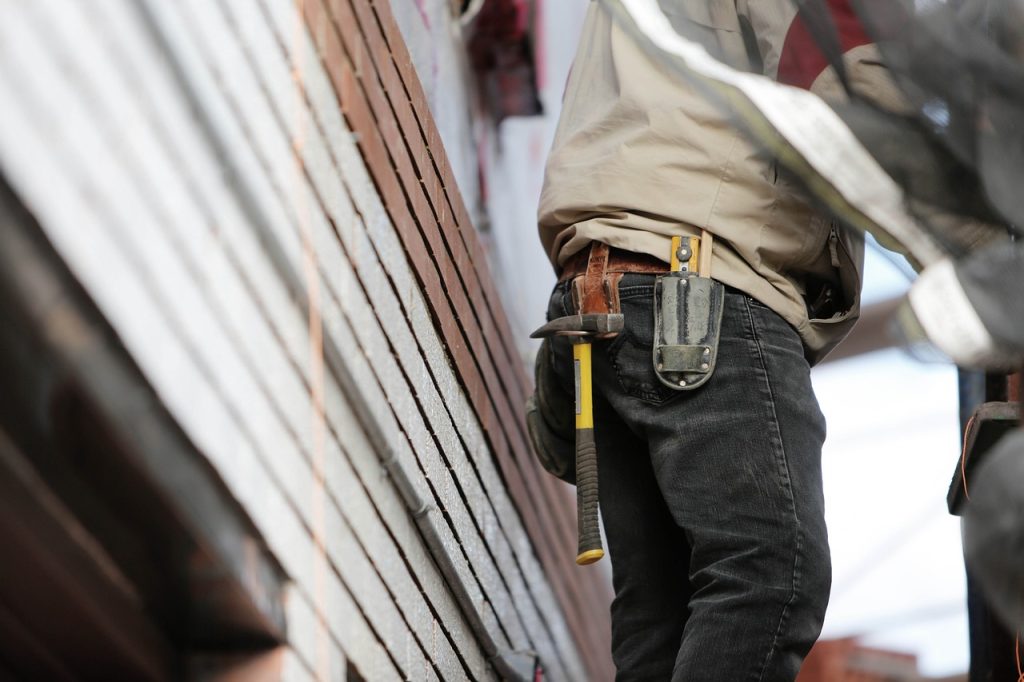November 10, 2023 – The recent slowdown in the Croatian inflation rate will continue next year, and it could drop to the target level of 2% in Croatia in 2025. Foreign workers in Croatia will have to play a significant role in the economy.
In addition to this assessment of the Croatian National Bank, writes Poslovni, Governor Boris Vujčić, in his presentation at the annual conference of the Croatian Society of Economists in Opatija, also pointed out that the most difficult part of reducing inflation to the target level will be the “last kilometers”, when it should drop from three to two percent. As a reason, he cited structural factors, primarily those related to the labor market.
Private, then Public Sector
“In Europe, the economy is stagnating, i.e. we have a growth rate, though a low one, but in comparison to that the labor market remains very strong”, emphasized the governor. Everyone expected that the unemployment rate would also increase, but this time it is not the case. The labor market is structurally different and is expected to continue to exert structural pressure on the inflation rate.
According to Vujčić, one should ask what we have to sacrifice on the labor market in order to maintain the inflation rate at the target levels. We are currently witnessing accelerated wage growth, and in this regard we also have announcements of additional wage growth in the public sector, which is once again leading the rate of increase, after wage growth was led by the private sector in the first quarter.
“As far as trends are concerned, we are in the phase of deglobalization and fragmentation, and if economies are closing, the pressure on rising labor prices is stronger and the power of unions is growing. All this continues to put pressure on the price of work,” he underlined.
But for Croatia, a bigger problem in the future stems from demographic trends, i.e. the decline of the working population. The CNB calculates that the number of people in Croatia will decrease by about 400,000 people in the next 20 years.
“So, there will be a shortage of workers in order to maintain GDP and productivity, and that is a big challenge. We will have to continue importing workers, and we have to do it in a thought-out way. “Croatia must really prepare for the fact that in the next generation, both economically and sociologically, it will look significantly different from how we or our parents remember it,” said the governor.
The Usual Autumn Decrease of Number of Foreign Workers
For several years now, the number of foreign workers in Croatia in total employment has been increasing, which is reflected in the increase in the number of issued work permits for foreign nationals.
Total employment measured by the number of insured persons at the Croatian Pension Insurance Institute at this time of the year is, according to the usual seasonal pattern, in decline.
According to the latest data from the Croatian pension insurance institute, during October the number of users decreased by 16,000, to a total of 1,661,597, which is about 25,000 fewer people compared to the record July. In annual comparisons, today in the Republic of Croatia there are 40.8 thousand more insured persons (or +2.5%) than a year ago. At the same time, for example, in the construction industry, which stands out due to the share of foreign workers, the number of insured persons recorded growth both on a monthly and annual level.
Compared to September, there were 1.4% or 1,877 more insured persons in this sector at the end of October, and compared to last October, their number increased by more than 8,000 or 6.1%.












